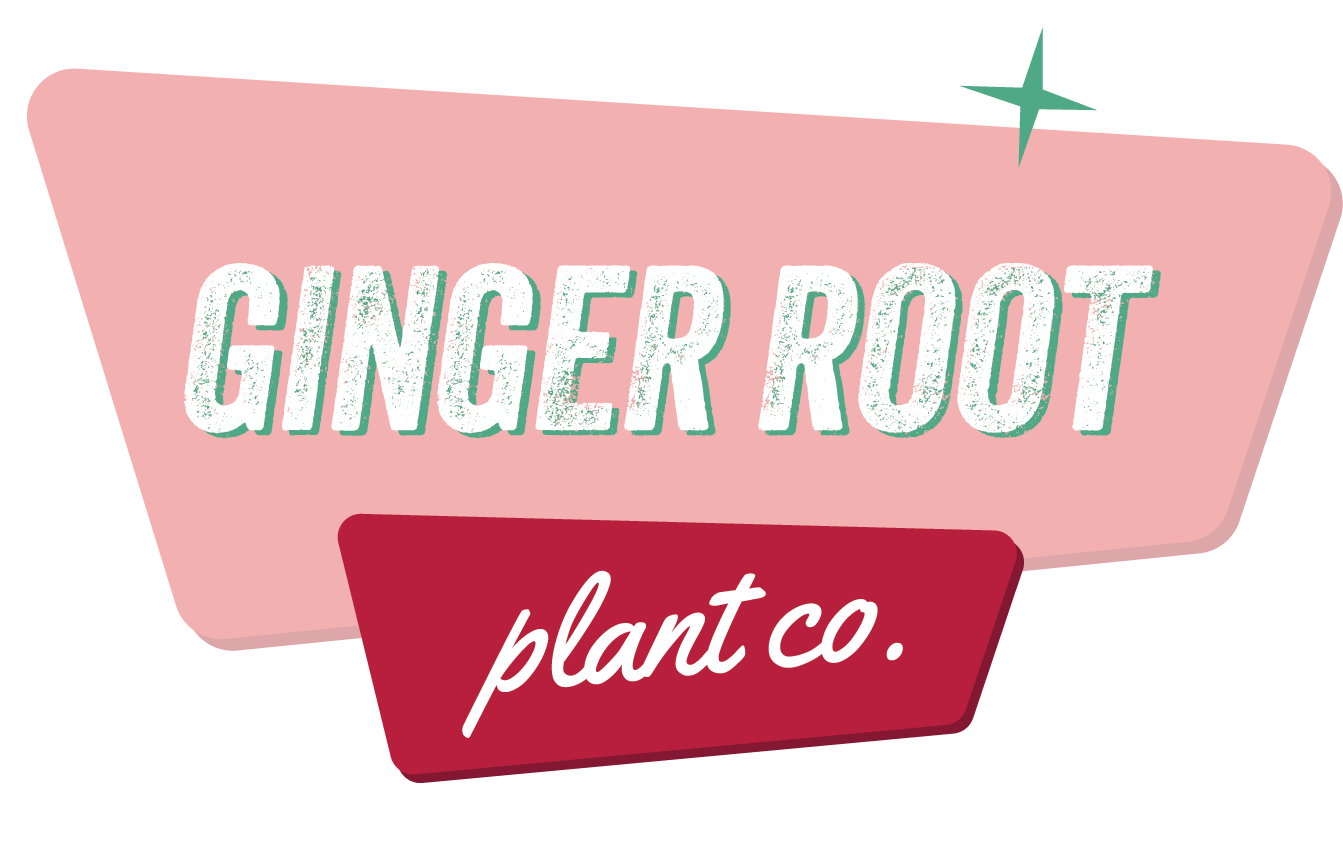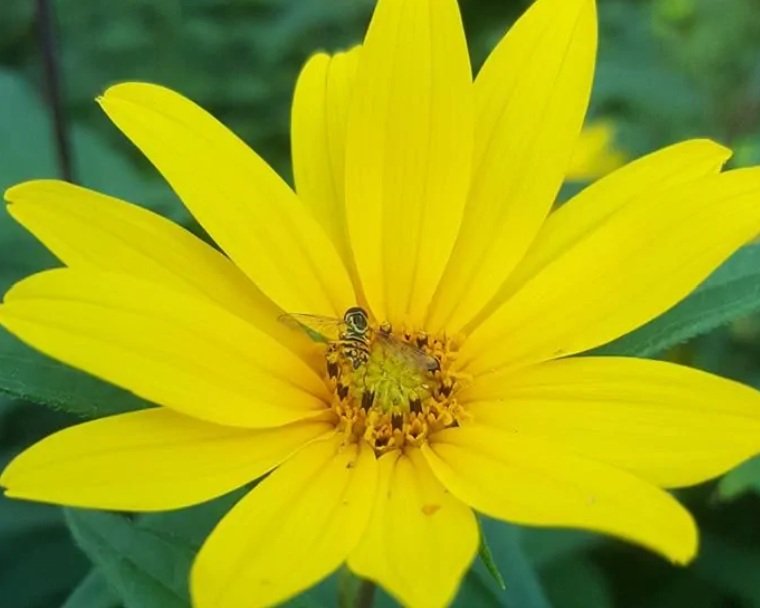The best of the best: Keystone Plants
You may have heard of the importance of native plants, but have you heard of keystone plants? These are the best of the best when it comes to native plants. Keystone plants are native plants critical to the circle of life and necessary for many wildlife species to complete their life cycle. Without keystone plants, many of our local pollinators, including birds, bees, moths, and butterflies, will not thrive or even survive in our environment. According to the National Wildlife Foundation, 96% of our terrestrial birds rely on insects that are supported by these keystone plants.
First off, what is considered a native plant? Native plants are perennial plants that are indigenous to a specific region and have evolved and occurred naturally over thousands of years. Species native to Indiana are generally recognized as those occurring within the state boundaries prior to European settlement. There are also regionally native species that naturally spread into the state following European contact. These may also be considered native.
Native plants, and especially keystone varieties, are essential to our environment for a number of reasons.
Native plants sustain a wide range of wildlife that feed upon them, especially birds, butterflies, and pollinators. Many can only feed on the plants they co-evolved with. For example, the larvae of monarch butterflies will only eat the leaves of plants in the milkweed family. For this reason, milkweed is a keystone plant!
Without native plants, we are creating ecological deserts without the pollinating insects that are essential to our survival. Without insects to pollinate our crops, we would have none, or humans would need to perform the task.
Many of our streams, rivers, and lakes are heavily silted and polluted due to runoff from agricultural land and developed areas. When it rains, our gutters and storm drain whisk the water away as quickly as possible. Native plants have extensive root systems that hold the soil in place as well as create channels for water to slowly absorb into the ground.
Native plants are well adapted to our climate and soils. Therefore, they are easy to care for once established and require less water!
Now that you know what they are and why they are so important, what are the top 5 keystone plants you should consider adding to your yard?
Smooth Aster
100 species use this plant as a host plant
33 bee species rely on this plant
*Photo from Prairie Nursery
Woodland Sunflower
66 species use this plant as a host plant
50 bee species rely on this plant
Black Eyed Susan
20 species use this plant as a host plant
29 bee species rely on this plant
*Photo from Prairie Nursery
Serviceberry
92 species use this plant as a host plant
*Photo from Prairie Nursery
Black Oak Tree
436 species use this plant as a host plant
*Photo from Britannica
Sources:
National Wildlife Foundation - Eastern Temperate Forests Ecoregion 8





